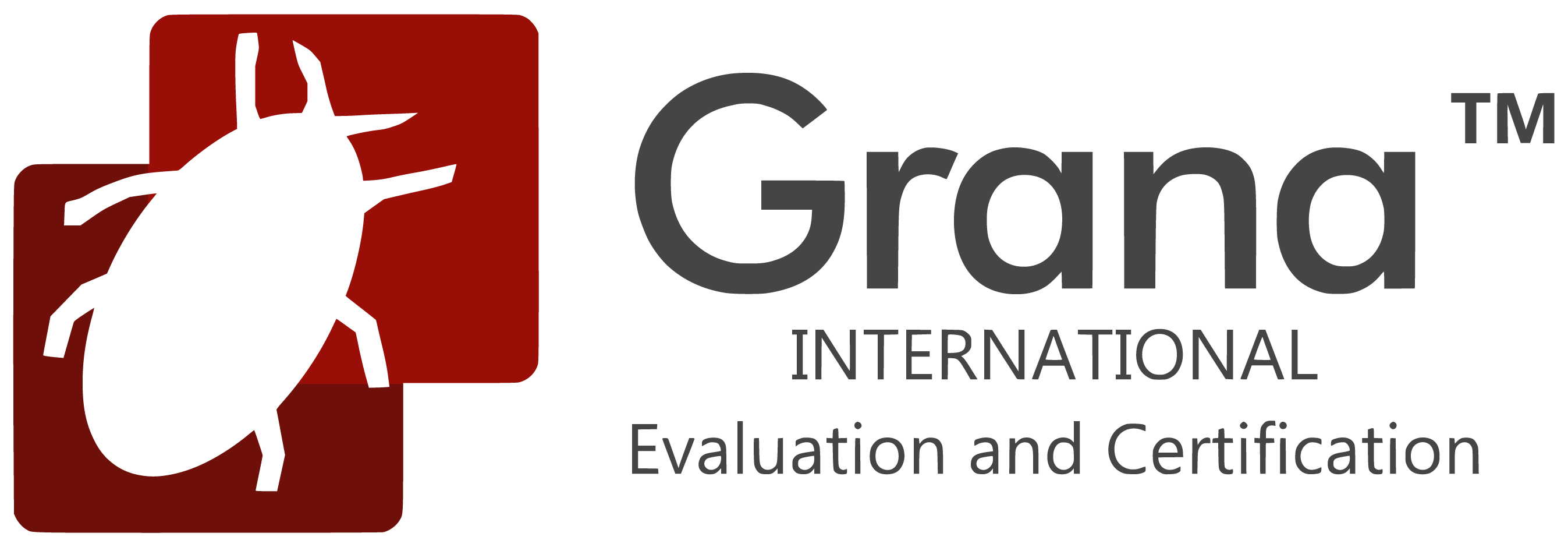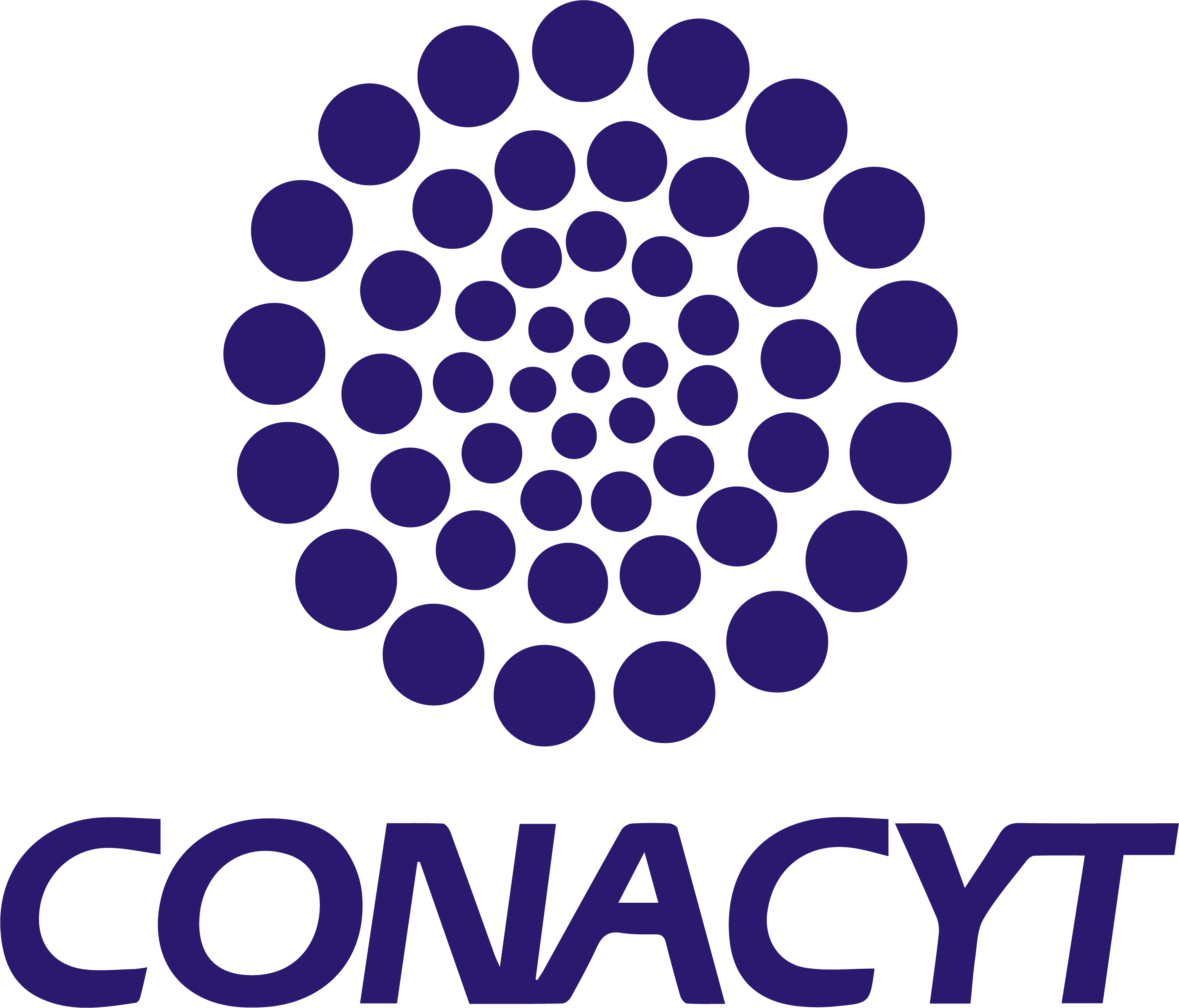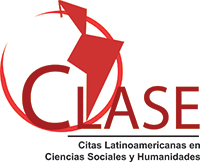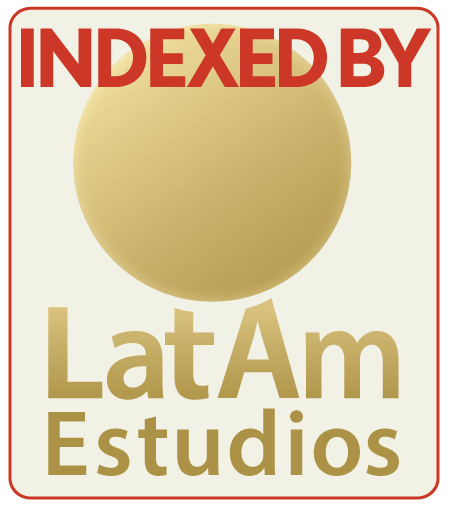Evaluation of teaching performance in UAGro High School 1
Abstract
The research shows the result of the evaluation of teaching performance from the approach by competition, it is part of the analysis of the different theoretical references about the competences that must have the teacher. The purpose of our study was to deepen the identification of those teachers' competences related to their teaching performance. A cross-sectional descriptive study was carried out with a quantitative approach, the sample was 176 students. To achieve the objective, a research methodology of quantitative type, mainly descriptive, has been used. It was found that teachers valued by students in the different dimensions, mostly do not have an approval that show their good performance.
Downloads
References
Aylett, R. & Gregory, K. (1997). Criteria for teaching competence and teaching excellence in Higher Education. London: Lalmer Press.
Barrera I. y Myers R. (2011). Estándares y evaluación docente en México: el estado del debate. Serie Documentos Nº 59. Chile: PREAL.
Bisquerra, R. (1989). Métodos de investigación educativa: Guía práctica, primera Edición, Barcelona: CEAC.
Bozu, Z. y Herrera, P. (2009). El profesorado universitario en la sociedad del conocimiento: competencias profesionales docentes. Revista de Formación e Innovación Educativa Universitaria, 2, 87-97. En: http://webs.uvigo.es/refiedu/Refiedu/Vol2_2/arti_2_2_4.pdf
Diario Oficial de la Federación (2008). Acuerdo 447, pp. 1-5.
Dunkin, M. J. (1997). Assessing teachers' effectiveness. Issues in Educational Research, 7(1), 37-51. http://www.iier.org.au/iier7/dunkin.html
Hernández R.; Fernández C. y Baptista P. (2006). Metodología de la Investigación, segunda edición, México: Mc Graw-Hill.
Perrenoud, P. (2004). Diez nuevas competencias para enseñar. Barcelona: Graó.
Rueda, M. Luna, E. García B. y Loredo J. (2010). La evaluación de la docencia en las universidades públicas mexicanas: Un diagnóstico para su comprensión y mejora. Revista Iberoamericana de Investigación Educativa, 3, (1e). Recuperado de https://www.ses.unam.mx/integrantes/uploadfile/mrueda/Rueda2010_DesempenoEnUniversidadesDiagnostico.pdf
Secretaría de Educación Pública (2007). Programa Sectorial de Educación, 2007-2012. México: SEP.
Secretaría de Educación Pública. (2015). Perfil, parámetros e indicadores. Para el ingreso a las funciones docentes y técnico docentes en la Educación Media Superior. Recuperado de http://servicioprofesionaldocente.sep.gob.mx/content/ms/docs/parametros_indicadores/Perfil_Parametros_Indicadores_Docentes.pdf
Secretaría de Educación Pública. SEMS (2010). Estándares de Desempeño Docente en el Aula para la Educación Básica. Recuperado de http://asignaturadeartes.files.wordpress.com/2011/11/estandadres_desemp_doc_enel_aula_de_educ_basica_en_mexico_esp.pdf
Secretaría de Educación Pública - Sindicato Nacional de Trabajadores de la Educación (2008). Alianza por la Calidad de la Educación entre el Gobierno Federal y los Maestros de México representados por el Sindicato Nacional de Trabajadores de la Educación. México: SEP-SNTE.
Tamayo y Tamayo, M. (1998) "El Proceso de la Investigación Científica", México: LIMUSA.
Universidad Autónoma de Guerrero, CGRU (2013). Modelo Educativo. Hacia una educación de calidad con inclusión social. UAGro, México.
Universidad Autónoma de Guerrero, CGRU (2010). Plan de estudios por competencias de Educación Media Superior. UAGro, México.
Vaillant, D. (2004). Construcción de la profesión docente en América Latina. Tendencias, temas y debates. PREAL. Recuperado de http://www.oei.es/docentes/articulos/construccion_profesion_docente_AL_vaillant.pdf
Zabalza M. Á. (2007). Competencias docentes en el profesorado universitario. Calidad y desarrollo profesional, segunda edición, 1ª reimp. España: Narcea.
Zabalza M. Á. (2009). Ser profesor universitario hoy. En: la Cuestión Universitaria, núm. 5, pp. 68-80.
In order to promote the development and dissemination of research in education in Latin America, the Ibero-American Journal for Educational Research and Development (RIDE) adhered to the Budapest Open Access Initiative, which is why it is identified as a Open access publication. This means that any user can read the complete text of the articles, print them, download them, copy them, link them, distribute them and use the contents for other purposes. Creative Cummons licenses allow users to specify the rights to use an open access journal available on the Internet in such a way that users know the rules of publication. Authors who publish in this journal accept the following conditions: Authors they keep the author's rights and give the magazine the right of the first publication, with the work registered with the attribution license of Creative Commons, which allows third parties to use the published material whenever they mention the authorship of the work and the first publication in this The authors can make other independent and additional contractual agreements for the non-exclusive distribution of the version of the article published in this journal (eg, include it in an institutional repository or publish it in a book) as long as they clearly indicate that The work was published for the first time in this magazine. Authors are allowed and recommended to publish their work. low on the Internet (for example on institutional or personal pages) before and during the review and publication process, as it can lead to productive exchanges and to a greater and faster dissemination of the published work














